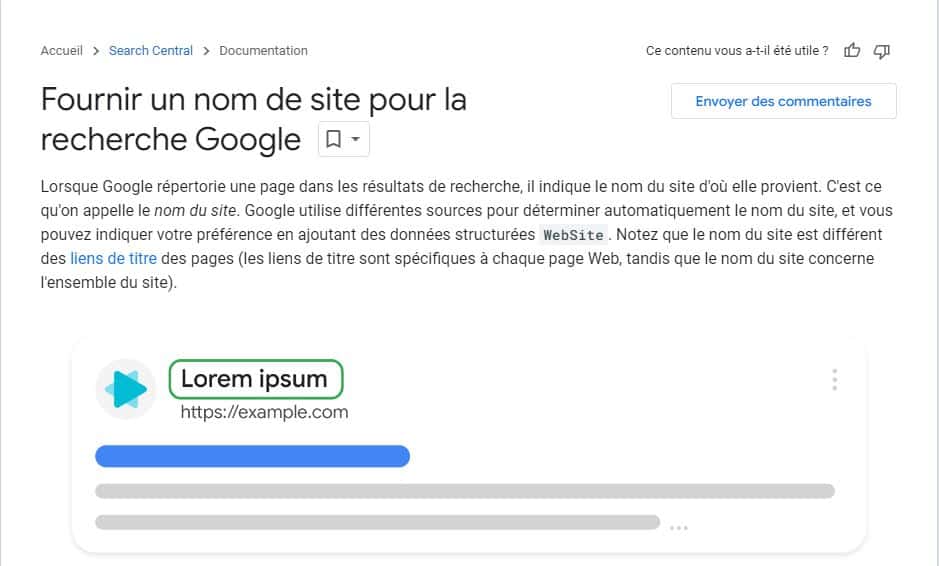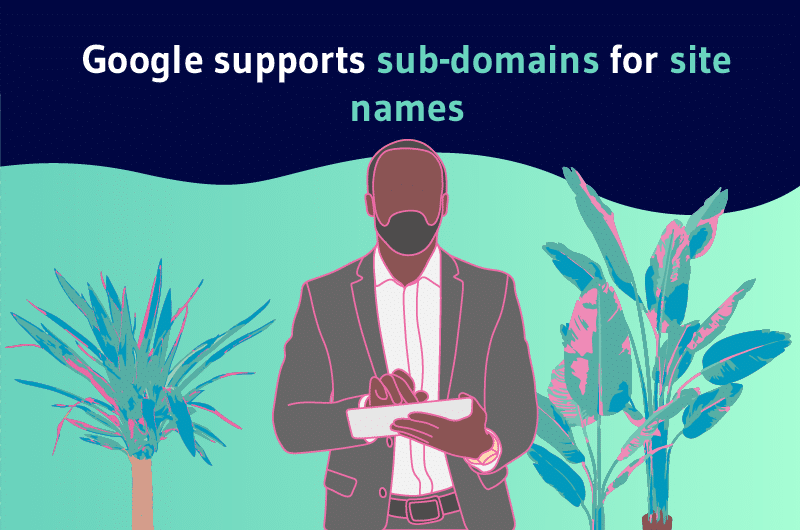Google recently launched an expansion of site name support for subdomains across all devices in four languages.
The key points of this expansion are:
- Integration of site names for all devices in four languages: English, French, German and Japanese.
- New documentation encouraging the use of the alternateName property in WebSite structured data.
- Problems with internal pages.
In this article, we find out what each of these issues is, and Google’s clarification on subdomain support.
Google releases updates for site names on subdomains
Google has released updates to the site name system, extending support for subdomains across all devices in the languages we mentioned earlier.
In a recent blog post, the firm emphasized that it has strengthened the system’s ability to make accurate selections representing sites in search results.
We’ve expanded support for subdomains and compiled more information on how site names work in Search. Find out more in the blog post at https://t.co/qo2iP0VH67 and in our documentation at https://t.co/AGkfEeHDSU #google #seo
– Google Search Central (@googlesearchc) July 28, 2023
Initiated in May, the functionality was restricted to mobile devices and included only a few languages. Now, the system works on all devices and covers the languages mentioned.
This latest update to the site naming system reflects Google’s commitment to improving the search experience.
Google recommends that the most effective way to suggest a preferred site name is via WebSite structured data, as detailed in the site name documentation.

The company has updated this documentation to encourage more frequent use of the alternateName property.
This update is particularly useful when a preferred site name is not available, such as when two sites with global reach share the same name.
Providing an alternate name in such cases allows Google’s system to take other options into account.
Solution for unavailable site names
Google has also put an end to a potential problem, namely when a preferred or alternative site name is not selected.
This can happen if a name is not recognized as unique, concise or generally associated with a specific site.
The search engine documentation now suggests a solution: provide a domain or sub-domain name as the site name.
However, before attempting this approach, Google urges users to check whether preferred and secondary names are provided via the website’s structured data and supported by other sources on your homepage.
Problems with internal pages
Google is also currently correcting a known problem where a site name displayed on a home page may not be the same for other pages on the site.
An update is planned to resolve this issue, and Google assures users that the preferred site name on a home page should eventually appear on all internal pages.
Google encourages user feedback
The company plans to extend site name support to all languages worldwide. Google encourages users to post on the search center’s help community for queries or concerns.
In a nutshell
With the extension of languages and devices, your site’s potential is now much wider. Google’s focus on providing accurate, representative site names improves users’ search experience and helps them find your site more easily.



